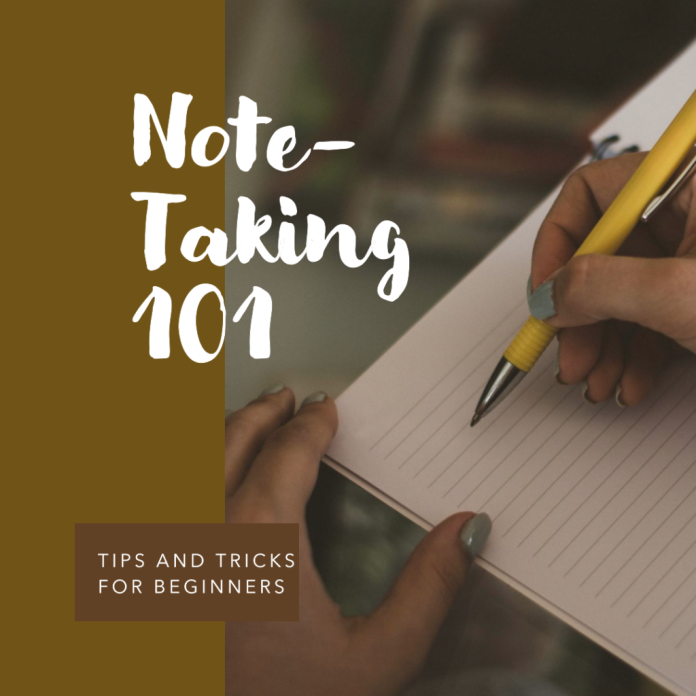Introduction:
Achieving academic success requires mastering the art of effective note-taking, a skill invaluable to students at every level of education. Whether you’re a high school student grappling with challenging textbooks or a college scholar delving into complex subject matter, the ability to distill information from textbooks into clear and concise notes can revolutionize your learning experience. In this comprehensive guide, we will explore strategies on how to make insightful notes from textbooks, empowering you to elevate your academic journey.
Understanding the Fundamentals of Note-Taking:
Before delving into the specifics of creating notes from textbooks, let’s start with the basics. Note-taking is an active engagement process, moving beyond passive reading. It involves highlighting key concepts, terms, and employing symbols and colors to emphasize crucial information.
Choosing the Optimal Tools:
The choice of tools can significantly impact your note-taking experience. Some opt for traditional pen and paper, while others prefer digital tools such as tablets or laptops for their organizational and search capabilities. Select a tool that aligns with your personal learning style.
Engaging in Active Reading Techniques:
To craft effective notes, it’s imperative to actively engage with the text. This entails asking questions, summarizing paragraphs, and connecting ideas. Utilize techniques like the “Cornell Method” or “SQ3R” to guide your reading and note-taking process.
Structuring Your Notes:
Organizing your notes is paramount for comprehension and easy reference in the future. Create headings, bullet points, and subheadings to structure the content. Break down complex topics into manageable, easily digestible chunks.
Highlighting and Annotating:
Utilizing highlighting and annotation within your textbook can be a potent way to create notes. Use various colors to indicate the importance of information and jot down brief annotations in the margins to explain concepts in your own words.
Review and Condense:
Upon completing a section or chapter, take the time to review your notes. Condense them further, focusing on the most critical points. This process reinforces your understanding and ensures you have a concise set of notes to revisit at a later time.
Leveraging External Resources:
In today’s digital age, embrace a wide array of resources beyond the textbook. Supplement your notes with online resources, videos, and articles, offering alternative explanations and further reinforcing your understanding. study tips for o level students
Practice for Proficiency:
Note-taking is a skill that improves with consistent practice. The more you practice, the more efficient and effective you become. Experiment with different techniques until you find what works best for you.
Conclusion:
Effective note-taking from textbooks is a skill that can significantly enhance your learning experience. By actively engaging with the material, choosing the right tools, and structuring your notes effectively, you empower yourself to retain and apply the knowledge gained from your textbooks, ultimately propelling your academic success.


